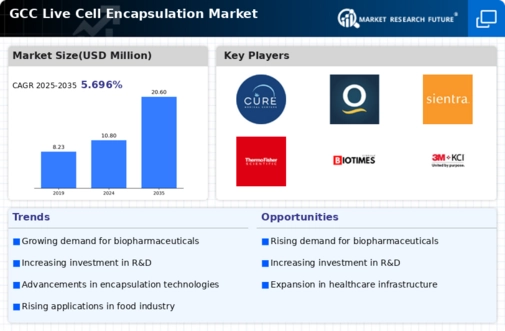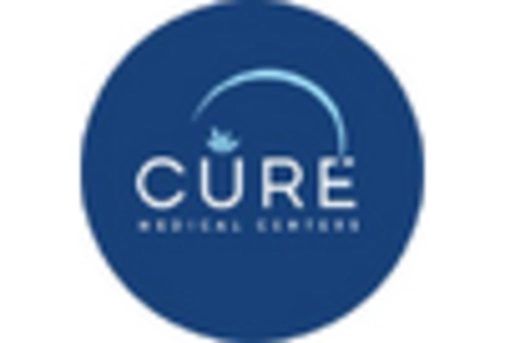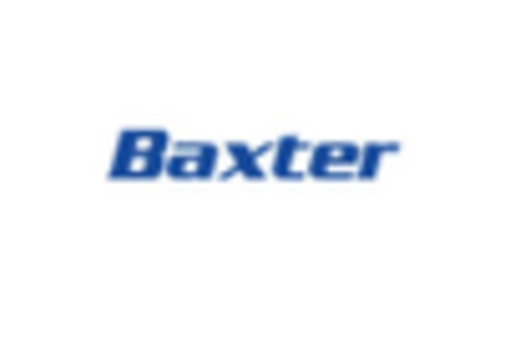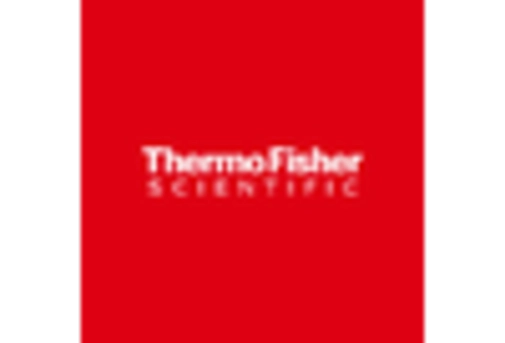The GCC Live Cell Encapsulation Market is characterized by its innovative technologies that facilitate the protection and delivery of live cells for therapeutic purposes, particularly in the realms of diabetes treatment, organ replacement, and regenerative medicine. The market has seen significant growth due to the increasing prevalence of chronic diseases and the rising demand for advanced drug delivery systems. Competitive insights in this market reveal a landscape where various players are leveraging their technical expertise and research capabilities to gain a competitive edge.
Factors such as regulatory challenges, market dynamics, and advancements in encapsulation techniques have played crucial roles in shaping the competitive environment.
Companies in this region are also focusing on collaborations and partnerships to enhance their product offerings and expand their market reach. Sigmapoint stands out within the GCC Live Cell Encapsulation Market with its robust technological foundation and extensive research capabilities. The company has developed innovative encapsulation methods that cater specifically to the demands of the local market, ensuring a reliable supply of encapsulated cells used in various therapeutic applications. Sigmapoint's strengths include its ability to adapt to regulatory requirements and its ongoing commitment to research and development, which enables the continuous improvement of its products.
Additionally, the company's strong customer relationships and a dedicated support system have allowed it to establish a significant market presence in the GCC, positioning it as a trusted player in the live cell encapsulation sector.Cure Medical offers a noteworthy presence in the GCC Live Cell Encapsulation Market, focusing on the delivery of innovative products that harness the benefits of live cell therapies.
The company is known for its advanced encapsulation technologies that provide efficient and effective delivery of live cells, which are critical in various therapeutic applications. Cure Medical has made strategic investments in research and development to enhance its product portfolio and align it with the specific needs of the GCC market. Key products include advanced cell encapsulation devices and novel therapeutic solutions that have gained traction among healthcare providers in the region.
The company's strengths lie in its continuous focus on product improvement and customer feedback, along with its involvement in strategic mergers and acquisitions that enhance both its market share and technological capabilities within the GCC region.




















Leave a Comment